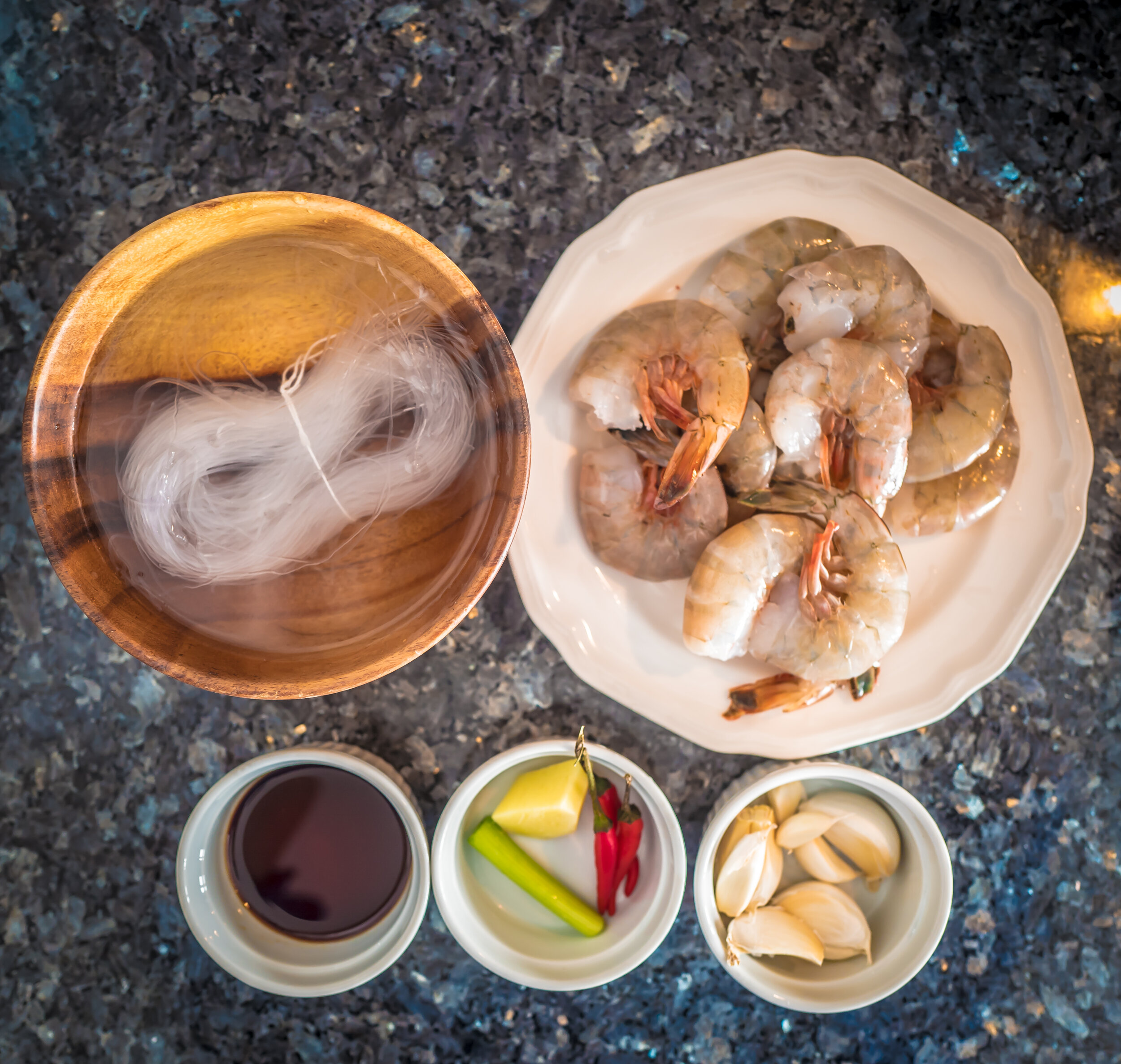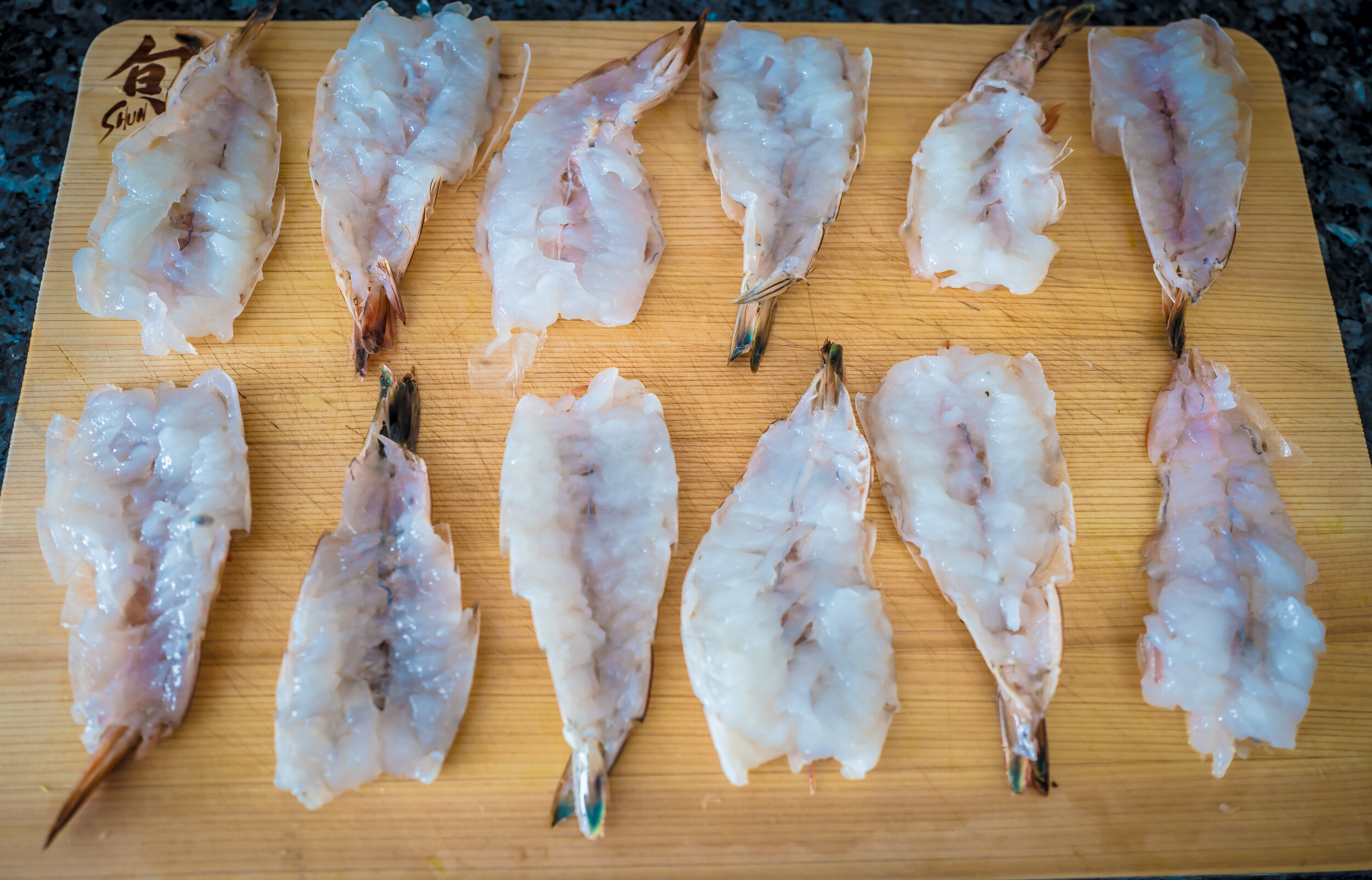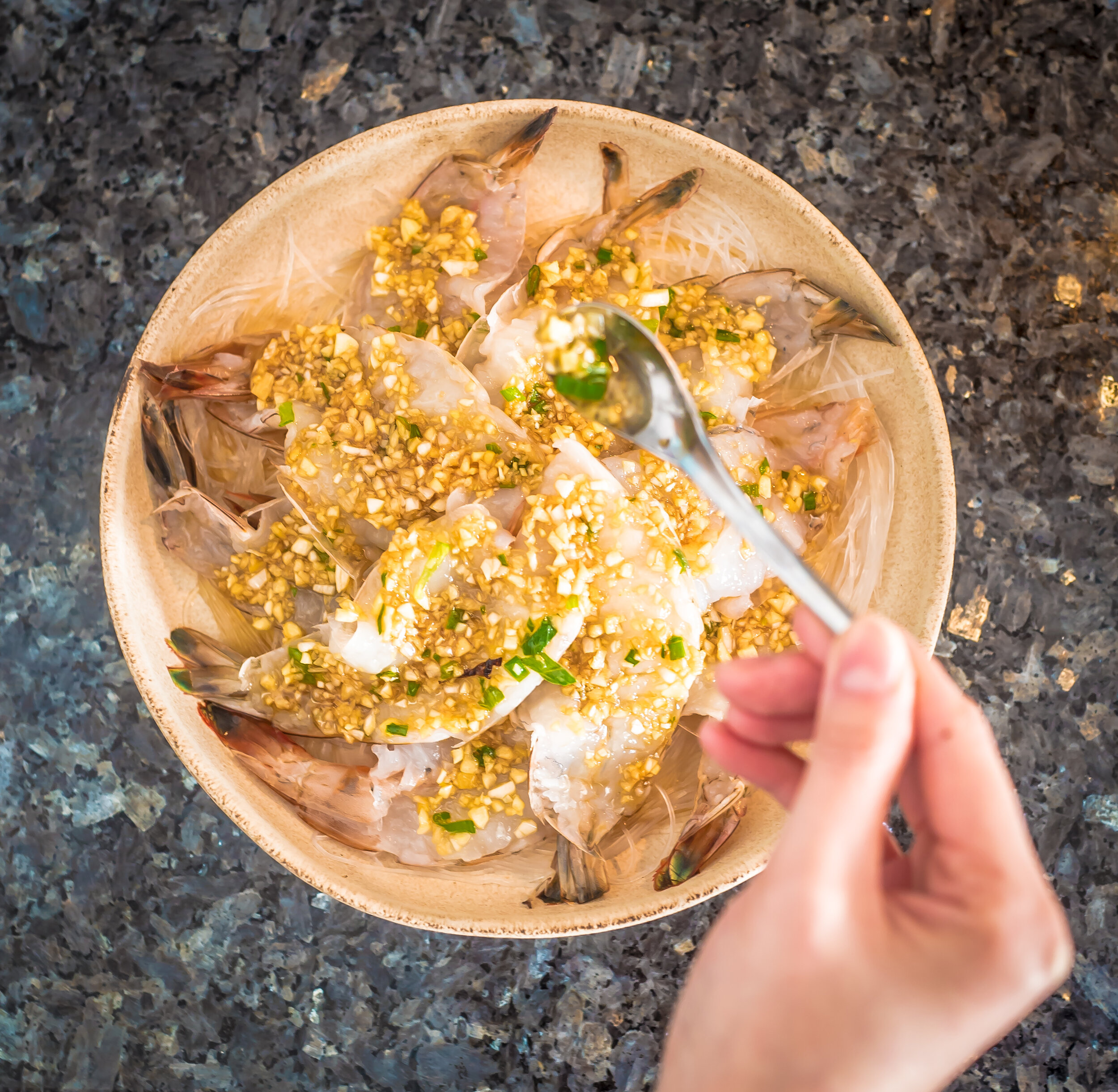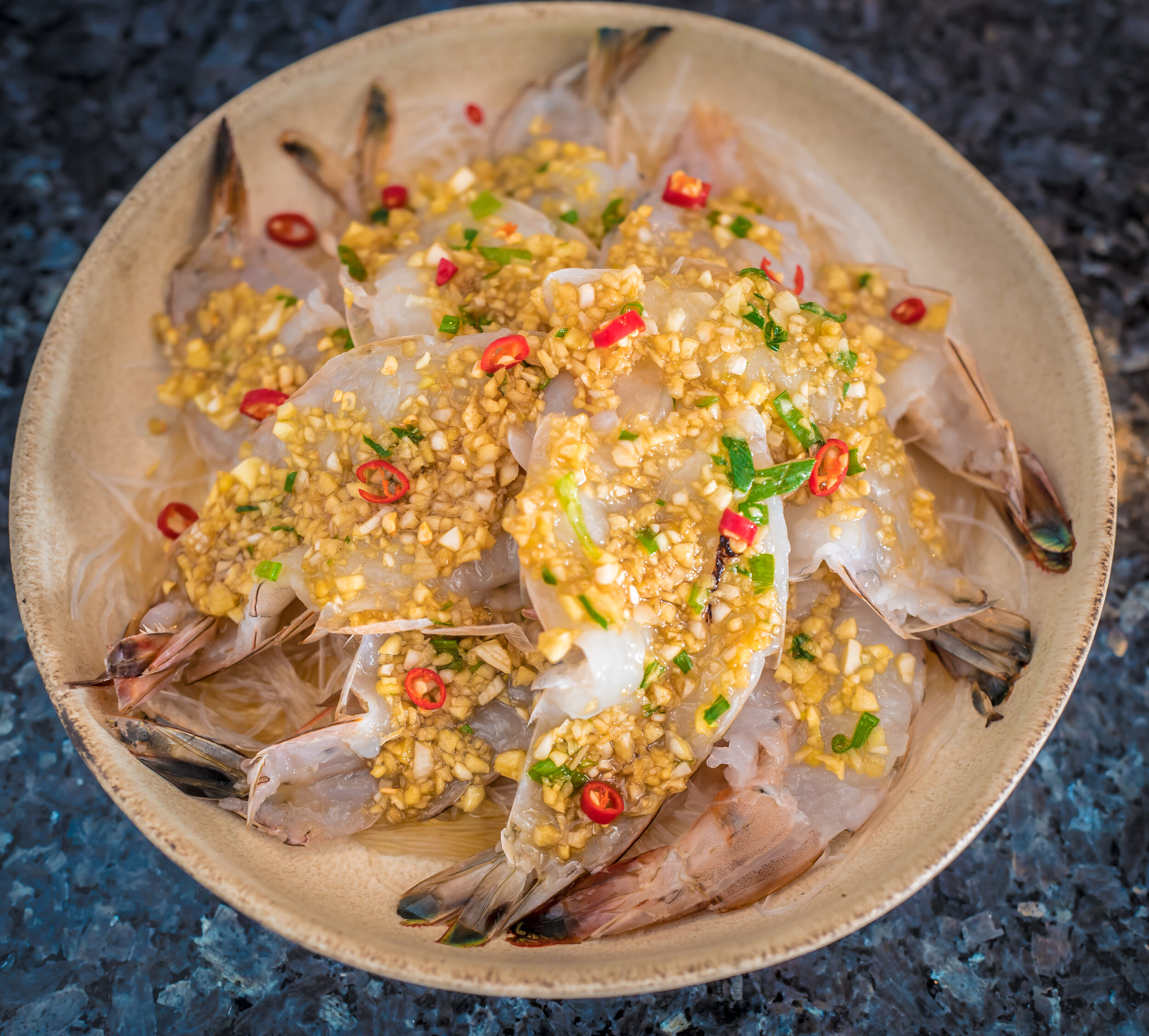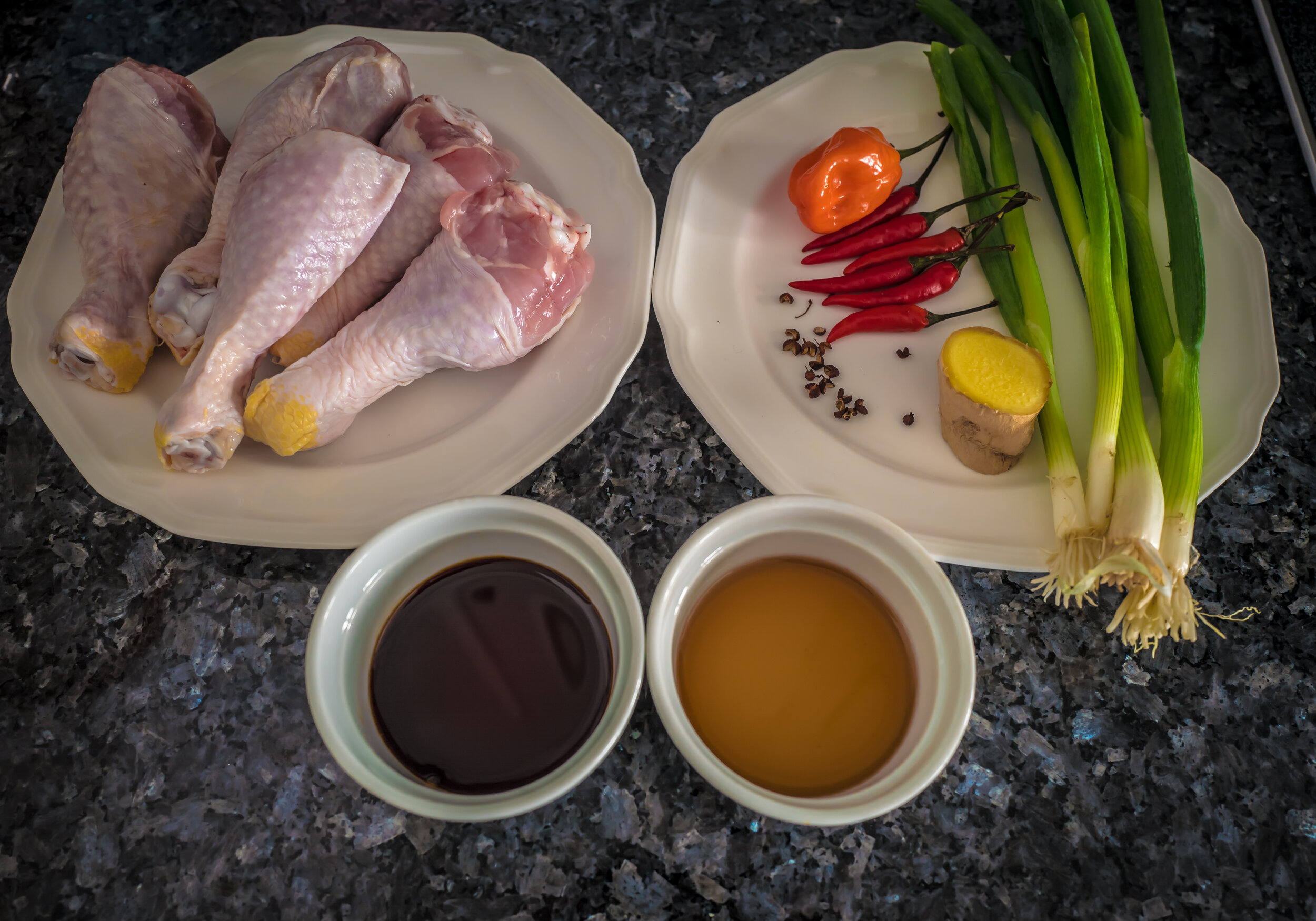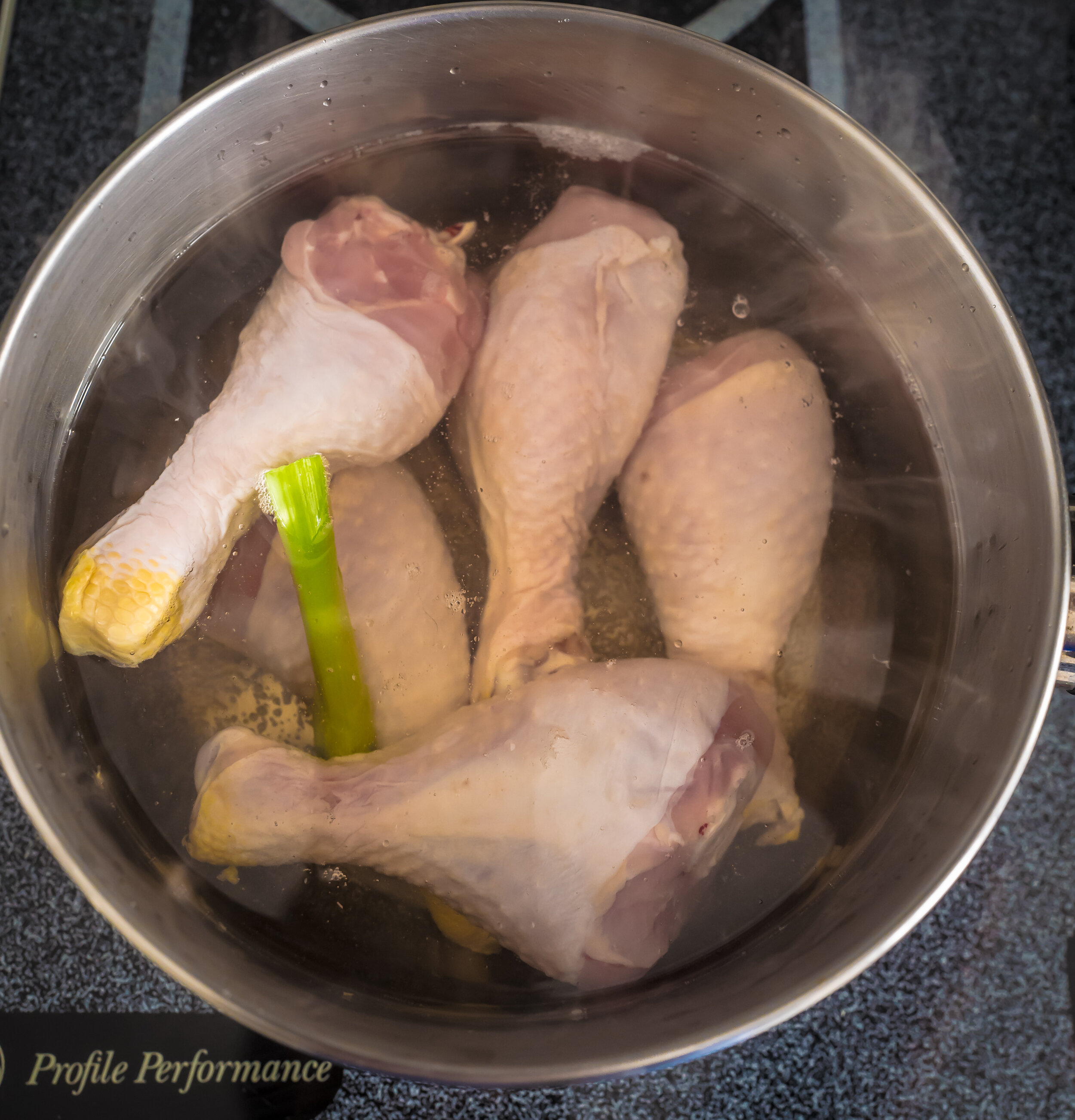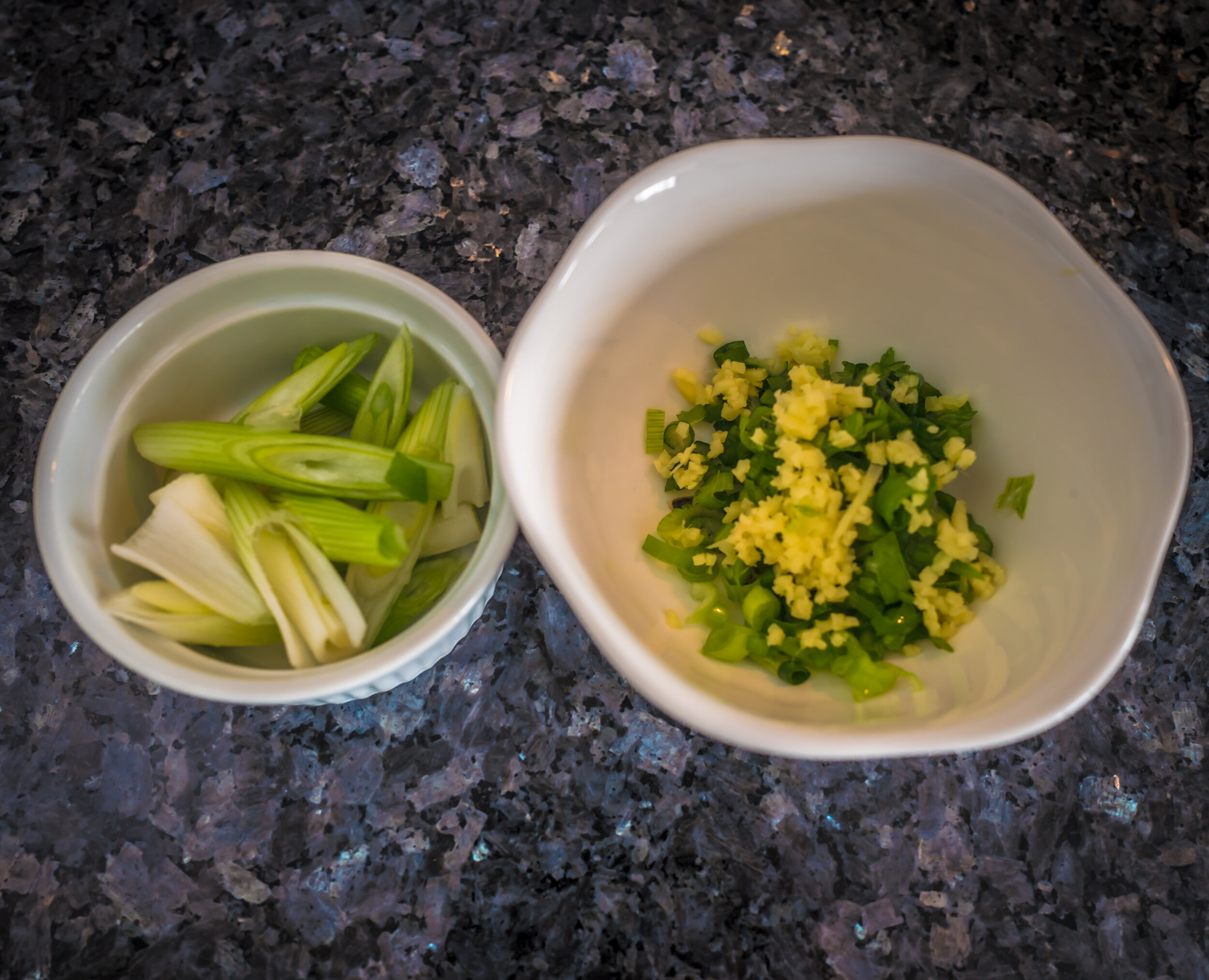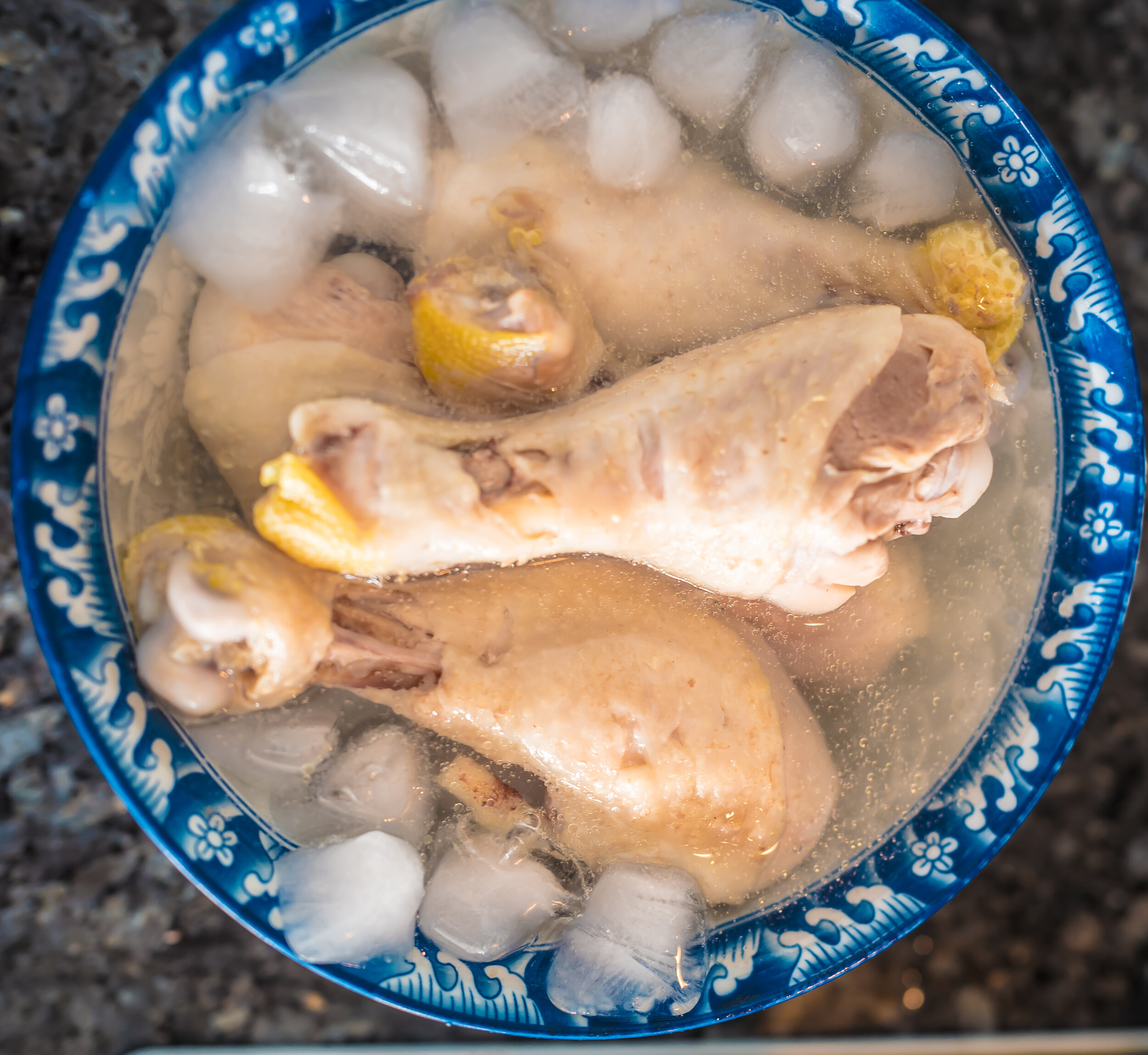The Ultimate Food and Wine Pairing Guide for Chinese New Year
/Chinese New Year, also known as the Spring Festival, or 春节 (Chūn Jié ) in China, is a festive time for many all over the world. The festival begins on the first day of the first lunar month, 正月(Zhēng Yuè) in the Chinese calendar and ends on the 15th, the Lantern Festival. It features all the joyful things - fireworks, red envelopes for kids, traditional decorations with lots of red, and of course, tons of good food!
This year, Feb 12th marks the beginning of the Year of the Ox - the second animal of the Chinese zodiac. The ox denotes diligence, determination, positivity, and honesty. It is going to be a year when hard work will get rewarded.
年夜饭 (Nián Yè Fàn), or the New Year’s Eve dinner is critically important. The entire family get together and enjoy the most “sumptuous” meal of the year. The traditional menus may vary in different regions, but putting an ample variety of food on the table is a must. They are not only delicious but also a lot of fun to prepare, as their names or presentations are symbols of wishes for happiness, good luck, and prosperity. Today I’m going to show you two of the most common dishes for Chinese New Year!
The Food
蒜蓉粉丝虾 (花开富贵, Huā Kāi Fù Guì)
Steamed Shrimp with Glass Noodles in Garlic and Scallion Sauce
Steamed Shrimp with Glass Noodles in Garlic and Scallion Sauce
The most classic cuisine - growing up we always had this on the NYE table. I’m literally getting emotional just by typing this now... a dish that certainly takes me back to childhood. The shrimps are steamed in a savory sauce, with the mung bean noodles at the bottom - soaking up all the saucy goodness of the soy, garlic, scallions, and the juice from the steamed shrimp, a great combination of flavors! The presentation is fun and beautiful - 花开富贵, which means blooming flowers bring you good fortune and luck. The shrimps are organized in a flower shape (the outside part looks like a blossom) - let it bloom on your NYE dinner table!
Ingredients
10-12 shrimps
1 bundle mung bean glass noodles
Scallion, ginger, garlic - chopped/ minced
1/4 teaspoon sugar
1 teaspoon sugar
2 tablespoons light soy sauce
2 tablespoons vegetable oil
Instructions
Rinse the shrimps, shell on, cut along the outer edge of the back with scissors, leave the tails (shells hold a LOT of flavors, always good to keep the shells on)
Soak the mung bean noodles in hot water for 20 min (or until soft) and drain
Take a shallow bowl or plate, spread the mung bean noodles evenly with a little more in the middle
In a small bowl, combine all the other ingredients and seasoning
In a small saucepan, heat oil until you see smoke, pour-over in the bowl, mix well
Organize the shrimps in a flower shape, spoon the prepared sauce evenly over each shrimp and over the mung bean noodles
Boil water in a steamer or wok weight a steamer rack, place the bowl inside, cover, and steam for 5-7 min (depending on the size of the shrimp, the shrimp should be opaque but not over-cooked)
Garnish with red peppers and scallions, voila!
葱油鸡 (吉祥如意, Jí Xiáng Rú Yì)
Poached Chicken with Scallion Oil Sauce
Poached Chicken with Scallion Oil Sauce
Chicken, although different provinces may have their own unique way to make it, it is a must-have for NYE. It is nothing but the best for your family and guests! Serving chicken also symbolizes prosperity as it sounds like “good fortune” (吉利, Jí Lì.) in Chinese, it means the new year will be bright and bountiful, and all your wishes will come true.
The dish literally requires no skills, with only 6 simple ingredients that you probably already have in your kitchen. It is similar to the Cantonese Poached Chicken (白切鸡, Bái Qīe Jī.) but with more focus on the scallion oil flavor. Tender, moist, with delicious, fragrant scallion oil sauce, yum!
Ingredients
5 chicken drumsticks (or thighs - organic or free-range preferred)
Small ginger, sliced
4 scallion - separate green and white part
Red pepper and Sichuan peppercorn (optional)
2 tablespoons light soy sauce (optional)
4 tablespoons vegetable oil
1/4 teaspoon sugar and salt
Instructions
In a large pot, add the chicken, 3 slices of ginger, and 1 scallion (white part) in boiled water (your water should be enough to cover the chicken). Immediately reduce the heat to low, cover, simmer for 20 min. Then turn off the heat, leave the lid on and the chicken continue cooking for another 10 min
Chop the scallions (green part), or you can use a food processor. Mince the ginger. Combine in a small bowl, add salt and sugar
In a saucepan, heat 4 tablespoons vegetable oil over medium/low heat, cook the scallion (white part) until crispy and lightly brown (~5min), add Sichuan Pepper, and cook for another 1min (do not burn)
Bonus tip: do not throw away the browned scallions as they are ABSOLUTELY DELICIOUS!
Remove and pour the oil into the bowl, add soy sauce, mix well. Then add 2 tablespoons of chicken stock from the large pot. You can taste and add more salt/sugar/soy sauce to adjust until desired
You can then use a chopstick or fork to test if the chicken is cooked - pierce the thickest part and make sure the juices run clear
Immediately remove the chicken from the pot and place in ice water for 5 min
Pat dry, cut into small pieces when they’re cold, and add to a bowl or plate. Lightly sprinkle with salt. Pour the sauce evenly on the chicken. Garnish with red peppers and scallions. Voila!
The Wine
Shunyi Cellars is a relatively new producer in California. The name, Shunyi (舜裔), literally means descendants of Emperor Shun. Shun - singled out by Confucius as a model of integrity and resplendent virtue - is a legendary emperor (23 century BC) of the golden age of antiquity in Chinese mythology. According to local tradition, Shun is thought to have lived in Jinan, Shandong, where the owner George Zhang was born - makes him a descendant of Shun, which is what Yi translates into.
For the shrimp, I’m pairing with the Santa Lucia Chardonnay: "Xiang Si" 相思, which means a deep sentiment of thinking about loved ones. “We wanted to dedicate this wine to our families and friends who have been guiding and supporting us along this challenging yet exciting journey,” says George.
Most people think of Pinot Noir when they think of the Santa Lucia Highlands, but Chardonnay thrives there as well, particularly if you are looking for a brighter, higher acid style. Notes of fresh citrus, white blossom, lemon peel, a bit richer on the palate, but the bright beam of acid holds it together and keeps the wine light on its feet. It finishes with a touch of savory notes and beautiful minerality. As the shrimp comes in rich sauce, I’m looking for a textural wine but it HAS to be refreshing and vibrant at the same time. The weight of this wine can perfectly hold the flavors. It adds that perfect mineral touch highlighting the flavors of the sea as well!
For the chicken, I’m pairing with the Pinot Noir: "Chong Feng" 重逢, which means to reunite. “Reuniting with old friends and family is one of life’s joyous moments that we treasure dearly. We crafted this wine to celebrate the unity that bonded all of us together,” says George.
From the first sip with this wine I knew they’re meant to be together! The Pinot is fruit-driven but complemented by bright acidity. Rich, sappy, but not overwhelming on the palate, very well-structured and balanced! Some people might prefer a white with poached chicken, but keep in mind the scallion oil sauce might need more weight and just the right amount of tannins. Believe me, I tried to go back to the Chardonnay, hmm... still prefer the Pinot!
Wine connects people and bridges cultures. I'm always amazed to see Eastern & Western cultural exchange and fusion, it helps us to understand each other better, and will unarguably lead to innovation. These label designs may reflect George's personal immigrant background, but it also means a lot to all of us today during the global pandemic. Cheers to the time when we can all reunite with our loved ones!
Happy Chinese New Year!
This article was created in partnership with Shunyi Cellars.




